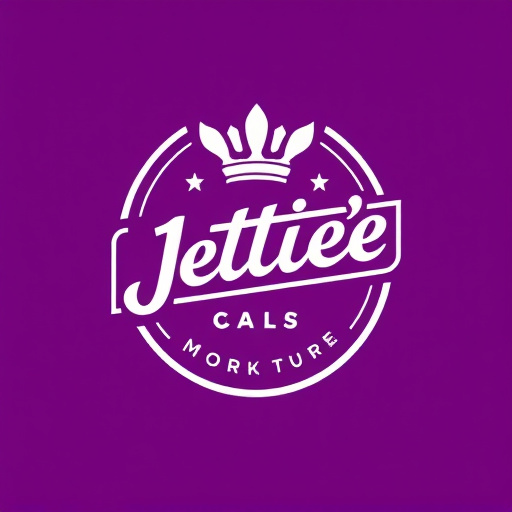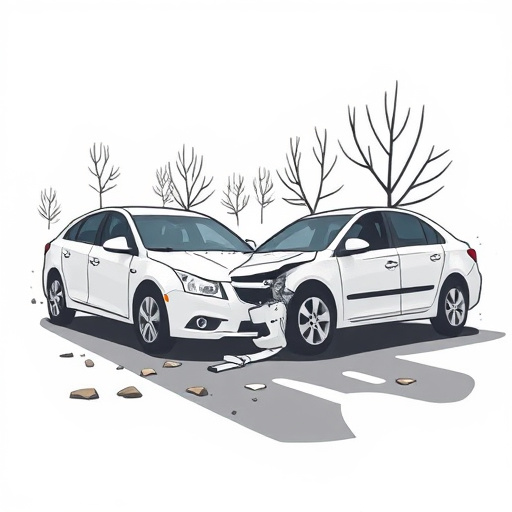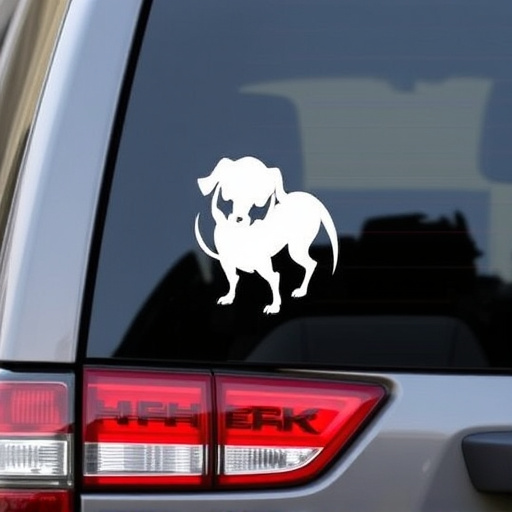Understanding target audience through comprehensive research is vital for creating impactful brand identity design. This data-driven approach ensures brand identities resonate with intended audiences, fostering connections and loyalty. In marketing applications like vehicle wraps, this understanding helps capture attention and communicate brands' specific needs. By delving into demographics, market trends, and competitor strategies, designers create distinctive brand identities based on unique qualities. Establishing a unique and memorable brand voice is key, guided by research that provides insights into consumer preferences, cultural trends, and industry nuances.
In today’s competitive market, a strong brand identity is vital for success. Using research to inform your design process ensures a deeper understanding of your target audience, allowing for the creation of visually compelling and memorable brands. This article explores key strategies, focusing on understanding your audience through research, uncovering impactful visual elements, and crafting a unique brand voice. By integrating these practices, you’ll create a robust brand identity that resonates with your market.
- Understanding Target Audience Through Research
- Uncovering Visual Elements for Brand Identity
- Crafting a Unique and Memorable Brand Voice
Understanding Target Audience Through Research

Understanding your target audience is a cornerstone of successful brand identity design. Research allows designers to go beyond surface-level preferences and uncover deeper motivations, behaviors, and needs. By delving into demographics, psychographics, and cultural context, researchers can provide invaluable insights that shape the visual elements, messaging, and overall experience of a brand. This data-driven approach ensures that the resulting brand identity resonates deeply with its intended audience, fostering connections and loyalty.
In the context of various marketing applications, such as vehicle wraps and paint protection film, this targeted understanding is paramount. For instance, research might reveal that outdoor enthusiasts value UV protection in their automotive choices, leading to design decisions that highlight durability and sun-resistant features. This tailored approach not only captures the attention of the target market but also communicates the brand’s commitment to addressing their specific requirements, be it for aesthetics or functional benefits.
Uncovering Visual Elements for Brand Identity

Uncovering Visual Elements for Brand Identity begins with a deep dive into research. By understanding target audiences, market trends, and competitors, designers can identify unique visual cues that resonate with customers. This process involves analyzing color palettes, typography choices, and imagery styles prevalent in successful brand identity design. For instance, a brand focused on eco-friendliness might draw inspiration from natural elements like leaves or water drops, while a tech startup could opt for sleek, minimalist designs.
In the context of enhancing vehicles with professional ppf installation or vehicle wraps, these visual research insights become even more crucial. A well-designed brand identity not only makes a vehicle stand out on the road but also conveys its core values and personality. Whether it’s showcasing vibrant colors for a playful brand or subtle nuances for a sophisticated one, each element contributes to a memorable brand identity design that leaves a lasting impression, similar to how a unique vehicle enhancement can transform a mundane car into a rolling work of art.
Crafting a Unique and Memorable Brand Voice

In the realm of brand identity design, crafting a unique and memorable brand voice is paramount. It’s not just about creating visually appealing logos or catchy slogans; it involves imbuing your brand with a distinct personality that resonates with its target audience. Research plays a pivotal role in this process by providing insights into consumer preferences, cultural trends, and industry nuances. By understanding these factors, designers can tailor the brand voice to be consistent yet captivating. This might mean adopting a playful tone for a youth-focused brand or a sophisticated, informative style for a luxury automotive detailing service.
For instance, consider the automotive customization industry. Through research, designers can uncover the emotional connections car enthusiasts have with their vehicles. Incorporating this knowledge into the brand voice through detailed and technical language tailored to the audience’s interests can make the brand more relatable and memorable. Whether it’s discussing intricate vinyl wraps or innovative car customization techniques, a well-researched brand voice not only communicates expertise but also creates a lasting impression in a competitive market like automotive detailing.
Research is the cornerstone of crafting a powerful brand identity. By understanding target audiences, uncovering compelling visual elements, and developing a unique brand voice, designers can create identities that resonate deeply with consumers. This strategic approach ensures brand identity design that is not only visually appealing but also emotionally engaging and distinct in today’s competitive marketplace.














